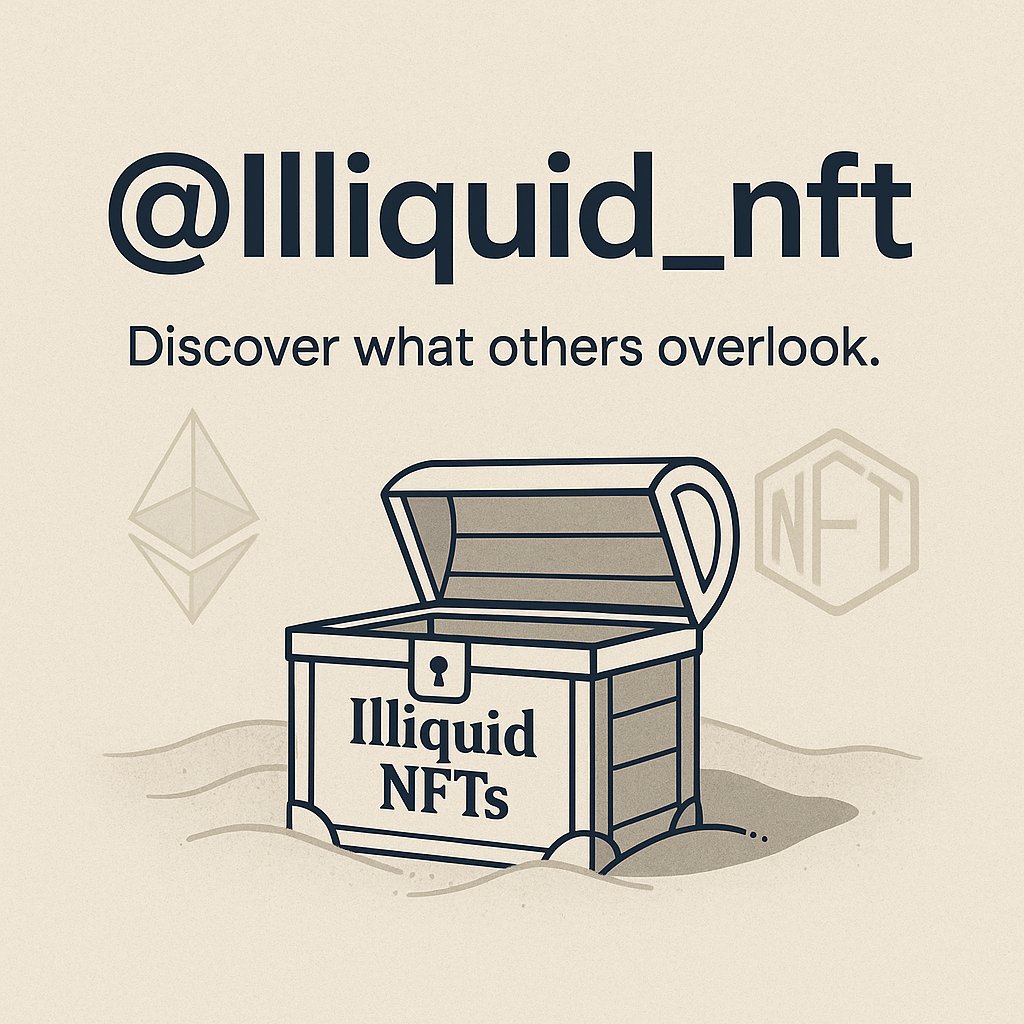The Intricacies of UXLINK/USDT’s Downtrend
An Introduction to Volatility
In the dynamic world of cryptocurrency, trends can shift as swiftly as the tides. One such trend that has piqued the interest of investors and analysts is the pronounced downtrend of UXLINK/USDT since late April. This analysis will explore the nuances of this trend, delving into market structure, volume dynamics, and the broader implications for investors.
The Bearish Market Structure
Lower Highs and Lower Lows
The cryptocurrency market is notorious for its volatility, but the downtrend of UXLINK/USDT has been particularly striking. Since late April, every upward bounce in the price has been met with lower highs and lower lows. This classic bearish pattern indicates that sellers are in control, consistently pushing the price down as each rally fails to reach the previous peak. This behavior is a clear sign of a bearish market structure, where the overall sentiment is pessimistic.
Contributing Factors
Several factors contribute to this bearish trend. Macroeconomic conditions and regulatory uncertainties have significantly influenced market sentiment. Additionally, the specific dynamics of UXLINK/USDT, such as its utility and adoption rate, play a crucial role. Investors must consider these factors when making trading decisions, as they can provide valuable insights into the market’s direction.
Volume Dynamics: The Exit Liquidity
Volume Spikes on Dumps
Volume is a vital indicator in technical analysis, offering insights into the strength of a trend. In the case of UXLINK/USDT, volume spikes predominantly during price declines, indicating that traders are exiting their positions en masse. This phenomenon is often referred to as “exit liquidity,” where sellers are eager to liquidate their holdings, driving the price down further.
Drying Up Volume
Recently, the volume has been drying up, suggesting a fading interest in UXLINK/USDT. This reduction in volume can have dual implications. On one hand, it may indicate that selling pressure is waning, potentially setting the stage for a reversal. On the other hand, it could also mean a lack of buying interest, which could prolong the downtrend. Investors should closely monitor volume dynamics to gauge market sentiment accurately.
The Role of AI and Blockchain in Market Analysis
Revolutionizing Market Insights
The integration of AI and blockchain technology has transformed market analysis, providing more accurate and actionable insights. For instance, TheoriqAI Knowledge Agents combine AI reasoning with live blockchain data to deliver precise market analysis. These autonomous AI agents can process vast amounts of data in real-time, identifying patterns and trends that human analysts might miss.
Enhancing Security and Data Analysis
Similarly, SaharaLabsAI leverages blockchain’s traceability and AI’s data analysis to combat counterfeit tickets in NFT event marketplaces. This application of AI and blockchain technology not only enhances security but also provides valuable data for market analysis. By tracking the authenticity and provenance of digital assets, investors can make more informed decisions.
The Impact of Consumer Behavior on Digital Goods
Valuation of Digital Assets
Consumer behavior significantly influences the valuation of digital goods, including cryptocurrencies and NFTs. A study published in the Journal of the Association for Consumer Research analyzed over 800,000 NFT sales, highlighting the role of rarity and collection size in their valuation. The study found that consumers place a higher value on rare and unique digital assets, which can drive up their prices.
Informed Investment Decisions
This insight is crucial for investors in the UXLINK/USDT market. Understanding the factors that influence consumer behavior can help investors identify potential opportunities and risks. For example, if UXLINK/USDT is perceived as a rare and valuable asset, it could attract more buyers, potentially reversing the downtrend.
The Technical Analysis Debate
Effectiveness of Technical Analysis
Technical analysis has long been a contentious topic in the cryptocurrency community. While some traders swear by it, others dismiss it as ineffective. A tweet by NicoooooooFX humorously highlighted this debate, questioning the efficacy of technical analysis in the face of market manipulation by market makers. The tweet suggested that patterns like Head & Shoulders, Double Bottom, and Bullish Wedge Reversal may not always hold true in the volatile cryptocurrency market.
Comprehensive Market Understanding
However, technical analysis remains a valuable tool for many traders. By identifying patterns and trends, investors can make more informed decisions. The key is to use technical analysis in conjunction with other forms of analysis, such as fundamental and sentiment analysis, to gain a comprehensive understanding of the market.
Conclusion: Navigating the Downtrend
The downtrend of UXLINK/USDT since late April presents both challenges and opportunities for investors. By understanding the bearish market structure, volume dynamics, and the role of AI and blockchain in market analysis, investors can navigate this trend more effectively. Additionally, considering consumer behavior and the impact of technical analysis can provide a more holistic view of the market.
As the cryptocurrency market continues to evolve, staying informed and adaptable is crucial. Whether you are a seasoned investor or a newcomer, keeping an eye on the trends and leveraging the latest technologies can help you make better-informed decisions. The future of UXLINK/USDT remains uncertain, but with the right tools and knowledge, investors can position themselves for success.











